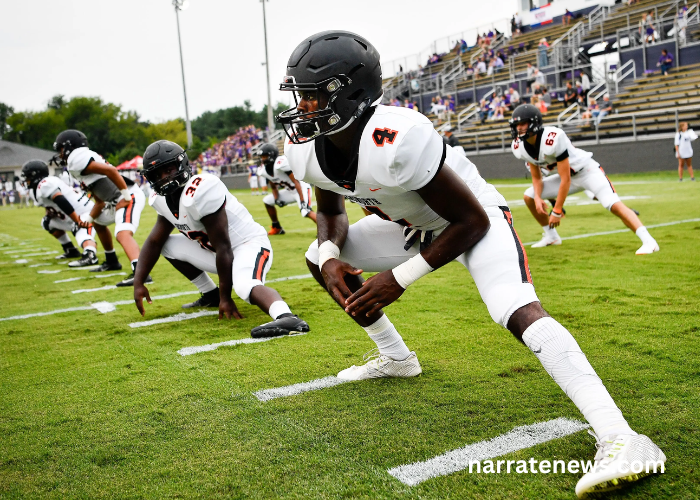
When Does High School Football Start
High school football is a cherished tradition in many communities across the United States. As summer draws to a close and students return to school, anticipation builds for the start of another thrilling season on the gridiron. In this article, we’ll explore the timeline for when high school football typically starts, including key dates, preseason preparations, and the excitement surrounding opening kickoff.
Understanding the Timeline for High School Football
Preseason Conditioning: For many high school football teams, the journey begins long before the official start of the season. Coaches and players alike dedicate themselves to rigorous preseason conditioning programs, focusing on strength training, agility drills, and skill development to prepare for the challenges ahead.
Summer Workouts and Camps: Throughout the summer months, high school football players participate in voluntary workouts, team camps, and 7-on-7 passing leagues. These activities help teams build camaraderie, refine their playbook, and fine-tune their skills in preparation for the upcoming season.
Official Start Date: The official start date for high school football varies depending on the state and governing athletic association. In many states, the season typically kicks off in late summer or early fall, with practices officially beginning several weeks before the first game.
Heat Acclimatization Period: In response to concerns about player safety and heat-related illnesses, many states have implemented heat acclimatization protocols for high school football teams. These protocols typically require a gradual increase in practice intensity and duration during the first week of preseason to allow players to acclimate to the heat gradually.
Scrimmages and Preseason Games: Before the regular season officially begins, high school football teams often participate in scrimmages and preseason games against other schools. These matchups provide valuable opportunities for coaches to evaluate players, test out different strategies, and fine-tune their game plan before the stakes are raised in the regular season.
Regular Season Kickoff: The excitement reaches a fever pitch as high school football teams take the field for the first game of the regular season. From Friday night lights to Saturday afternoon showdowns, communities come together to support their local teams and cheer them on to victory.
Playoff Push: As the regular season progresses, teams vie for a coveted spot in the playoffs, where the intensity of competition reaches new heights. For players, coaches, and fans alike, the postseason represents the culmination of months of hard work and dedication, with dreams of championship glory within reach.
Championship Season: For the select few teams that make it to the state championship game, the thrill of victory and the agony of defeat are magnified as they battle for high school football supremacy. The championship season is a culmination of the blood, sweat, and tears poured into every practice, game, and sacrifice throughout the year.
Key Factors Influencing High School Football Start Dates
State Regulations: Each state’s athletic association sets its own rules and regulations governing high school sports, including the start date for football. Factors such as climate, school schedules, and tradition play a role in determining when the season begins.
Weather Considerations: In regions where extreme heat or cold temperatures are a concern, start dates may be adjusted to ensure the safety of players and coaches. Heat acclimatization protocols and cold weather guidelines help mitigate the risk of weather-related injuries.
School Calendar: High school football schedules often align with the academic calendar, with the season typically starting in late summer or early fall and running through the end of the school year. The timing of school breaks, holidays, and exams may impact the start and duration of the season.
Coaching Staff Availability: Coaches play a crucial role in organizing and leading high school football programs. Start dates may be influenced by the availability of coaching staff, including head coaches, assistant coaches, and support personnel.
Facility Availability: Access to practice facilities, playing fields, and equipment may also influence the start date for high school football. Schools must coordinate with local authorities, athletic departments, and other organizations to ensure that facilities are available and prepared for the start of the season.
Conclusion
High school football is more than just a sport – it’s a time-honored tradition that brings communities together and fosters a sense of pride and camaraderie. From the first day of preseason workouts to the final whistle of the championship game, the journey is filled with excitement, challenges, and unforgettable moments. By understanding the timeline for when high school football typically starts and the factors that influence start dates, players, coaches, and fans can better prepare for the upcoming season and embrace the magic of Friday night lights.


